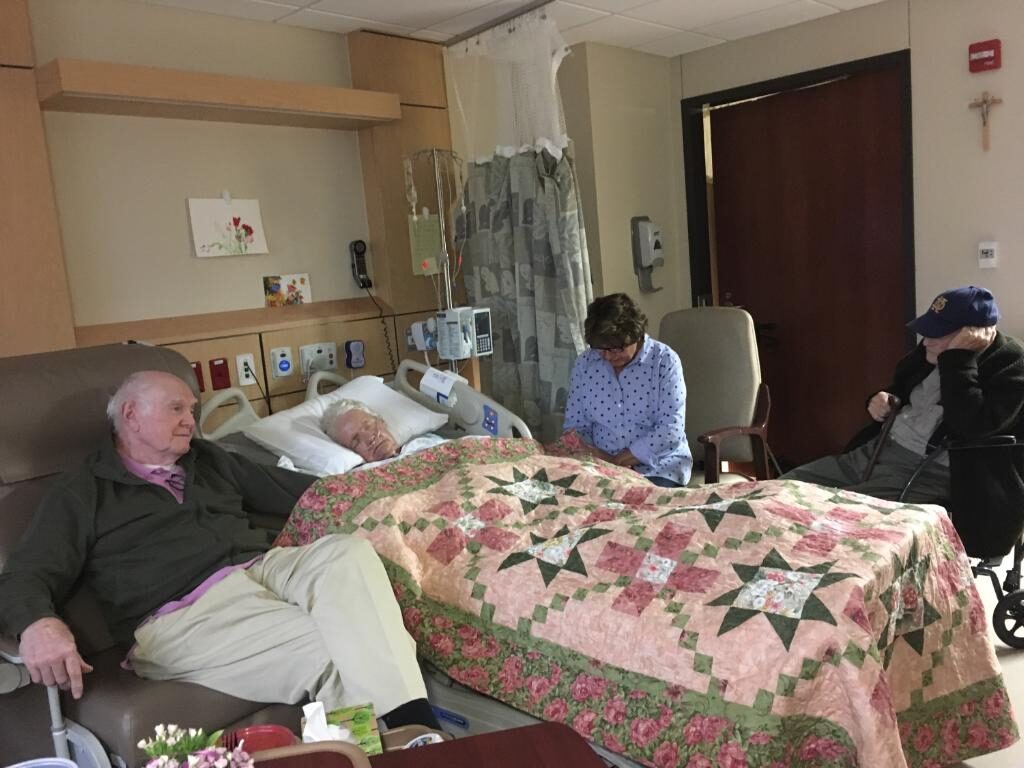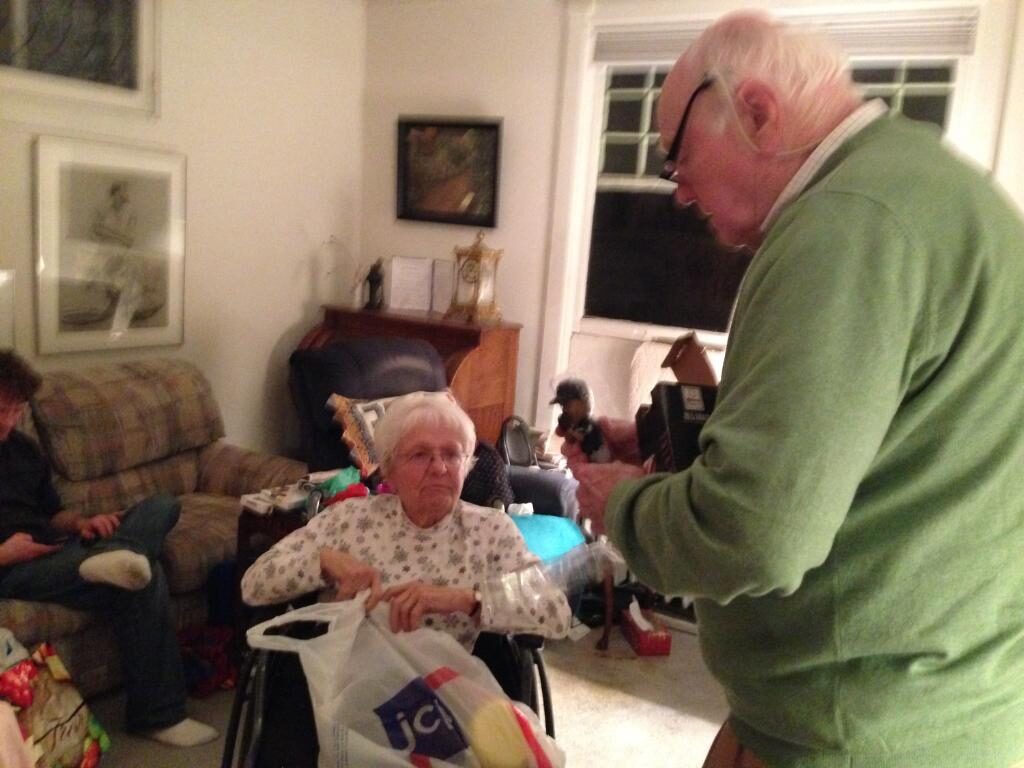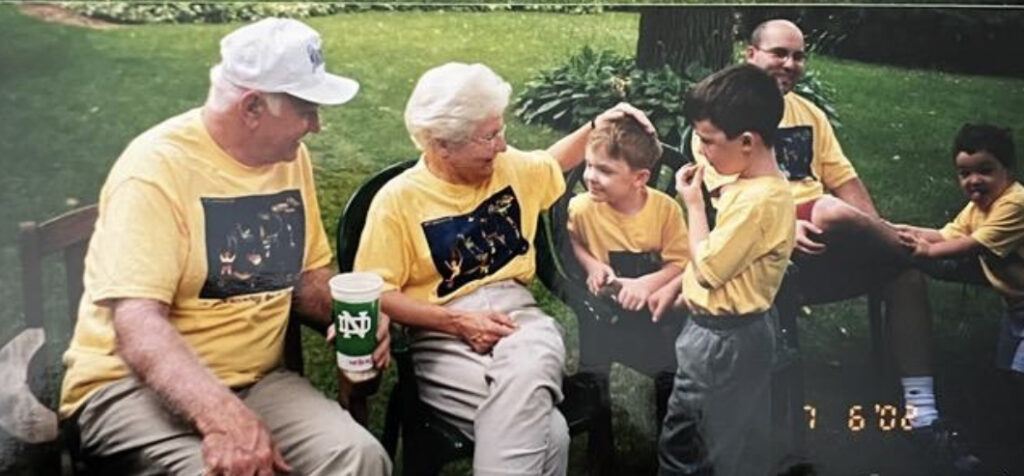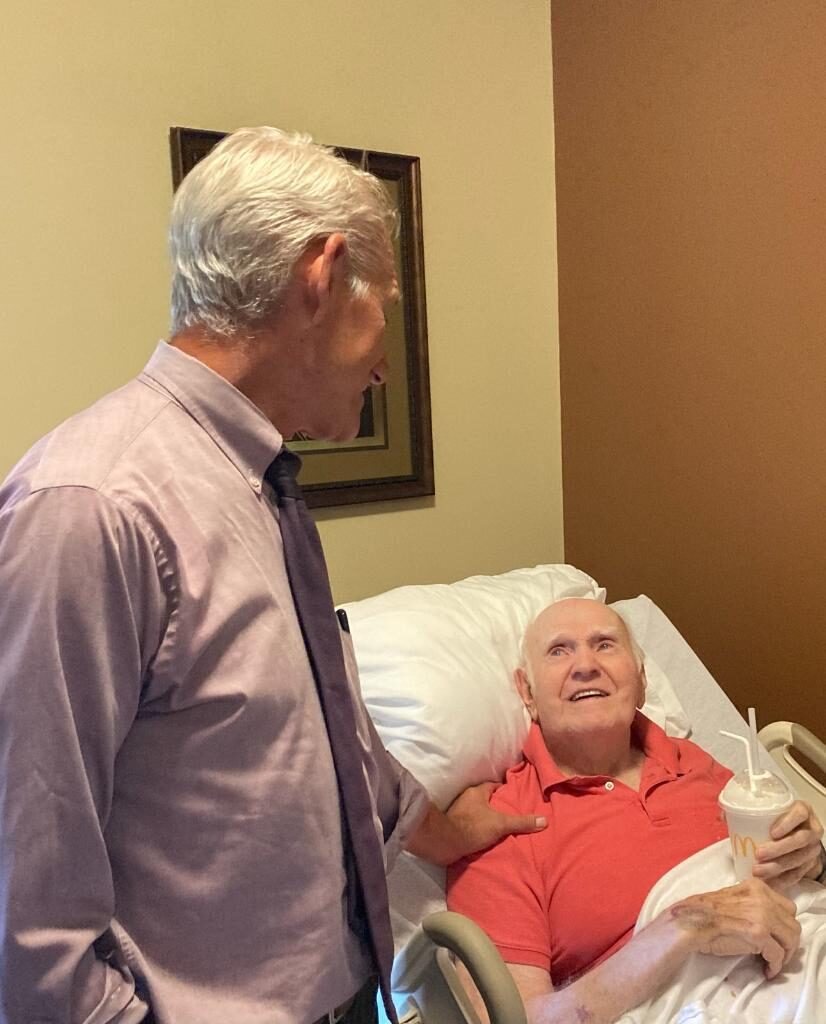“Just after we placed the implant, your wife’s heart stopped beating for a short time. It didn’t take long for us to revive her, but her brain was without oxygen for that brief time. We’ll have to see what, if anything, will be the impact.”

These were the words of the neurosurgeon who had just installed a brain implant in Jim Morris’ wife, Sue, to slow the progression of her Parkinson’s symptoms. I had joined Jim and several of his adult children to pass the time chatting them up in the surgical waiting room. I was surprised to find myself swept up into this intimate family moment… a moment that, in retrospect, would change everything. I suppose, like Jim and his kids, I searched the surgeons eyes as if they were crystal balls that could reveal more than his cryptic words. In what felt like a flash, he was gone, leaving us (me) unsure of how to think or talk about all this.
By my recollection, Jim spoke first. “Interesting!” He observed. “My first thought just now was, “How will this impact my life?” The implication of this embarrassed admission was that he was focused more on his own well-being than that of his wife. In light of what was to come next, I believe that what I had witnessed in that waiting room was a watershed moment responsible for Jim’s transformation into the man he had always aspired to be.
Self-Donating Service as Resilience

The philosophical foundation to the popular retreat program that Jim and Sue authored was contained in two verses of scripture from the most mystical of the four Gospels. “Unless a grain of wheat falls to the ground and dies, it remains a single grain. But if it dies, it produces great fruit” (John 12: 24-26). According to Jim and Sue’s exegesis, the whole key to understanding that scripture, and by extension, the spiritual life, can be found in self-emptying, self-donating love. Bob Dylan put it succinctly. To really lay claim on a spiritual life, eventually, “you gotta serve somebody.”
Of the two of them, Sue lived out this admonition far more than her husband. That was about to change. It was hard to say if it was the lack of oxygen in that surgical disruption… maybe the implant was to blame… or maybe Parkinson’s was going to do what Parkinson’s always does no matter what? Whatever the cause, what came to pass was a more rapid onset of Parkinson’s related transformations in Sue. From that afternoon in the surgical waiting room onward, Jim would undergo transformations of his own… from the typical husband of his day and time, to a full-service husband, and hence, a full-service man. By his telling, he said that “the last fifteen years of my marriage was the best.” He explained, “I got to give back to her.”
The Resilience Mechanism in Self-Donating Service

So how does one make sense of Jim’s apparent gratitude and resilience in the midst of such heartbreaking circumstances? There is a popular misconception that I wish were more true than it is. “Old age brings wisdom.” In my personal and professional life, I’ve learned that wisdom can develop over many decades, but more frequently, just the opposite occurs. Time and again, I’ve noticed an unfortunate tendency in old age to accumulate anxious fixations. “Sweating the small stuff” can easily become the default hobby of aging.
One way of viewing the benefits of Jim’s transformation into a full-service husband would be through the lens of Existential Psychology. The earliest findings from this discipline revealed that a sense of purpose and meaning beyond the self brings resilience, and heals neurosis. From this perspective, the hologram of Jim’s amazing testimonial (“The last fifteen years of my marriage…”) can come into view. The practice of whole-heartedly attending to his wife’s needs, while she diminished, gave Jim a focus, and a meaning beyond himself.
Another Resilience Mechanism in Self-Donating Service.

I believe that the Existential Psyche explanation just articulated would be endorsed by Jim, but simultaneously viewed by him as incomplete. It represents a kind of unthematic spiritual language that Jim would not oppose, but I think he would want to add a coda to it that I will attempt for him.
During COVID, I listened to a rebroadcasted interview with Jean Vanier, a long-time friend of Mother Theresa (On Being, March 7, 2019). He recalled that, even before the publication of her posthumous letters in 2007, he was aware of her struggles to feel God’s presence in prayer. However, he went on to say that she never had any difficulty feeling intimacy with God in her service to the poor and dying.
Jim’s abiding interest from the day I met him was a whole-hearted desire for intimacy with God in Christ. He wanted a personal relationship with Jesus. For those last years of his life, I believe he experienced just that. When his wife was hungry or thirsty, he gave her to eat and drink. In caring for her, he clothed the naked, visited the sick and assisted her to not feel so imprisoned (Matthew 25: 31-46). In his final years, Jim was a contemplative in action. I believe that he found a deep intimacy with his God in caring for his wife that was soul-satisfying to him. As a result, I believe that whatever he is encountering on the other side of death feels very, very familiar.
